Helium Leak Detection with Plastic Containers
Introduction
A major global pharmaceutical entity that manufactures and distributes a wide variety of Ophthalmic products requested the services of Packaging Technologies & Inspection (PTI). The specific request was to utilize our helium leak package testing methods to ascertain the seal quality of their container system. The primary package consisted of a three (3) piece container - the 10ml PE bottle, a press fit dispensing nozzle, and the threaded closure. Each component interface could be a source of leakage: the nozzle plug seal to the bottle neck ID/land seal and the closure seal to the nozzle open ended tip. The current leak testing method consisted of a vacuum bubble test; however the client was concerned that this test method would not be sufficient in order to mitigate the potential for product contamination via microbial ingress.
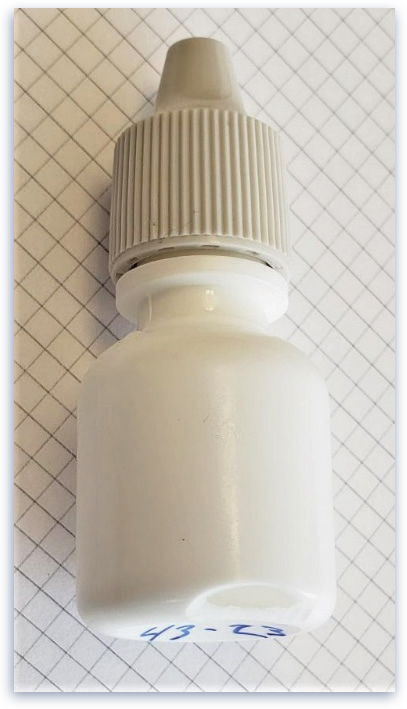
Helium Leak Testing Evaluation
A series of leak testing studies began by first obtaining baseline helium leak rate values of their current container components. Individual leak test samples were identified by the bottle blow mold cavity number as well as the nozzle tip injection mold cavity number. This initial screening provided insight as to whether specific component parts/combinations would lead to high helium leak rates.
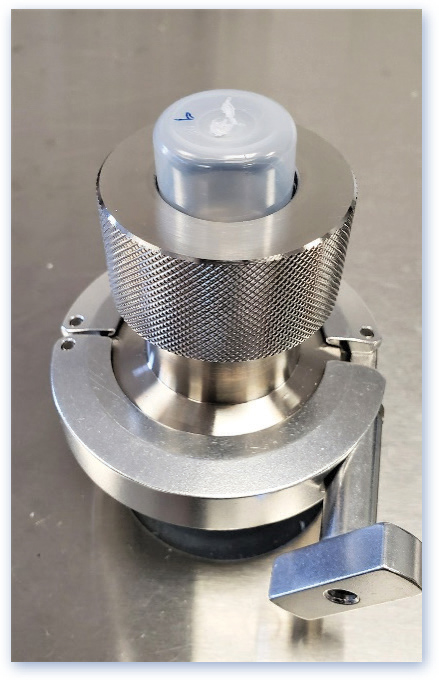
Helium Leak Testing Method
- The Closure/Neck of the bottle package was placed into a custom vacuum chamber fixture. This fixture would allow only the exterior area below the shoulder to be subjected to the vacuum pressure of the helium leak detector (HLD).
- Once a vacuum cycle reached fine test mode, the test sample was allowed to stabilize for approximately 15 seconds.
- With a stable background leak rate, helium gas flowed to the interior of the bottle through a syringe/flowmeter device. The flow remained constant for approximately 10 seconds.
- Final leak rate data was collected 30 seconds after reaching the fine test mode on the HLD unit.
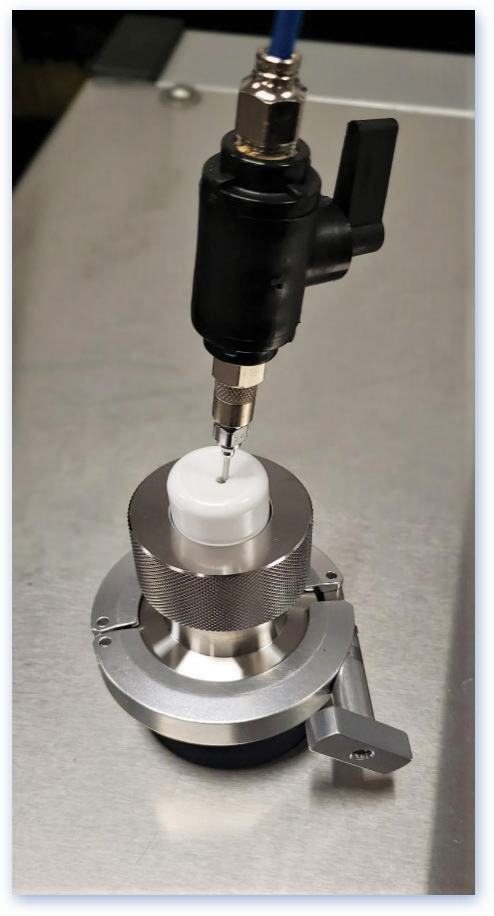
Leak Test Results
Initial helium leak rate data from the bottle samples noted two key issues:
- High helium leak rates - sample groups showed upwards of 50°/o leak failures as defined by the modified Kirsch helium leak rate criteria (1.0 E-06 mbar-L/sec).
- Specific nozzle tip cavity numbers exhibited high helium leak rates in almost all sample groups. Upon further part inspection, it was determined that the injection mold gate mark was creating a leak pathway.
Additional leak test studies were conducted after the following were instituted:
- The closure application torque was increased to a range of 5.0 - 5.5 lbf-in. for all test sample preparations.
- The suspect nozzle tip cavities underwent tool re-finishing to mitigate the leak pathway being created by the mold design.
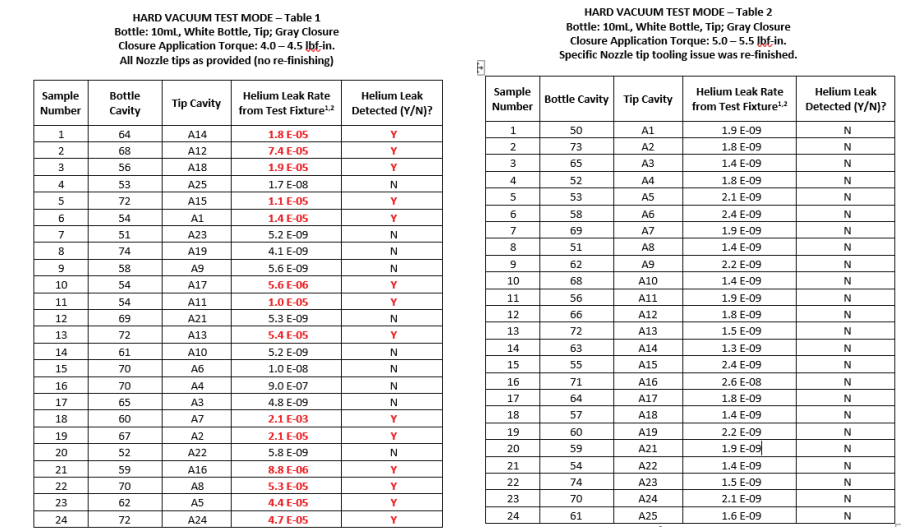
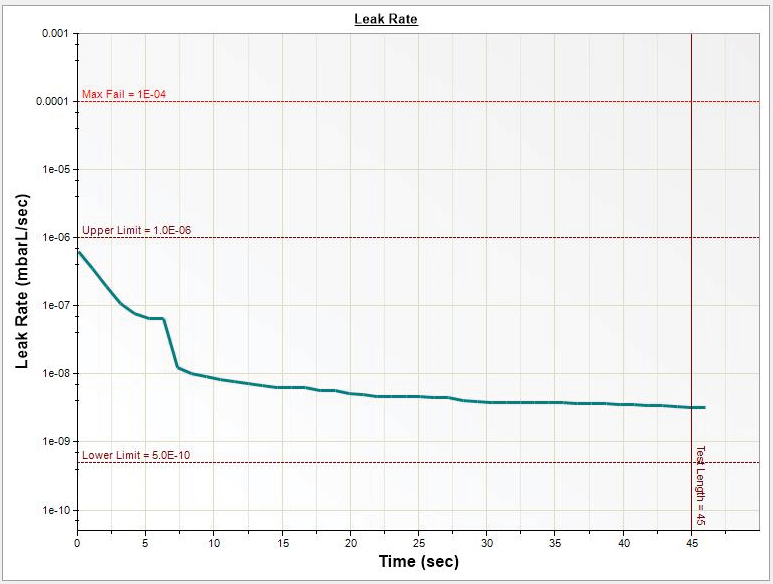
Container Helium Leak Testing Conclusions
- Application torque of the closure played a major role in the outcome of helium leakage. By applying one additional lbf-in of torque, the bottles went from a leak failure rate of over 50°/o to 0°/o. It is thought that after torque relaxation, significant leak pathways were created at the closure/tip interfaces.
- After careful inspection of molded parts, it was found that the gate mark area of some nozzle tip
cavities presented enough deformation to create a helium leak pathway. Once that gate area was re-finished, helium leakage from the nozzle tips were eliminated.
- Due to the significant increase in sensitivity, the helium leak test method for this package application proved far superior to the bubble test (ASTM D4991) that had been the standard leak test protocol. The question of product sterility could now be assured by utilizing this enhanced test methodology